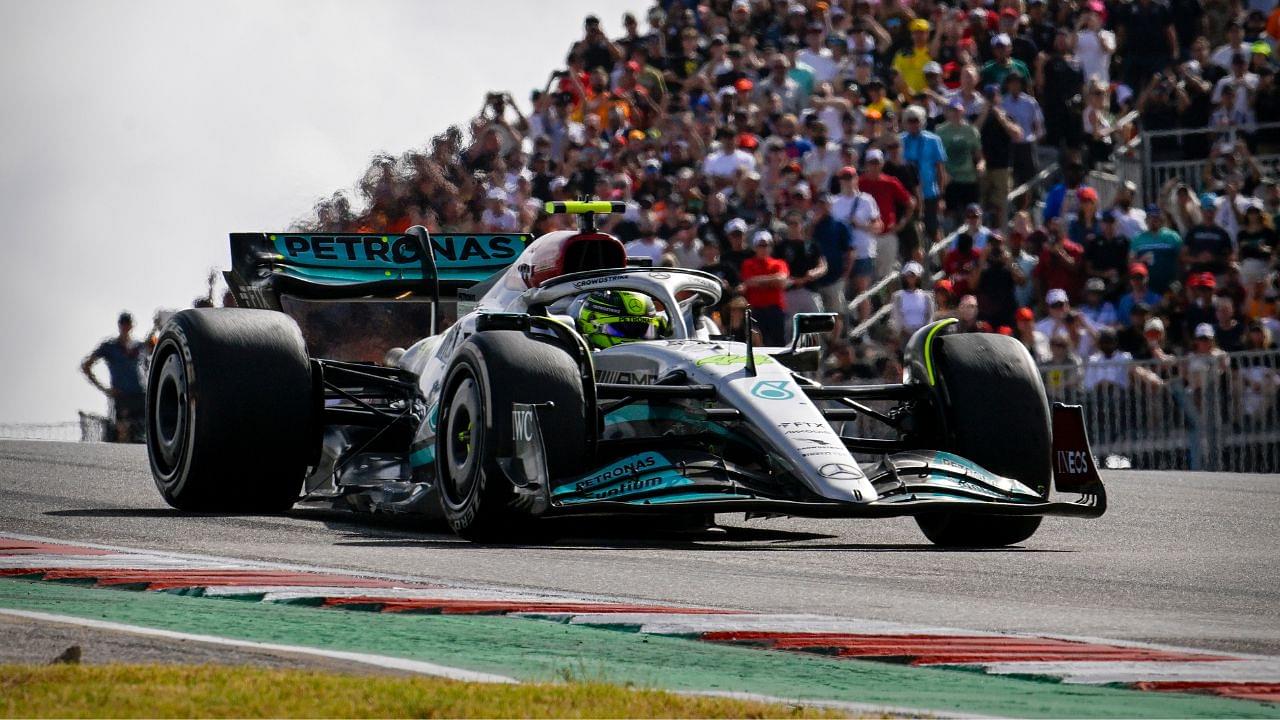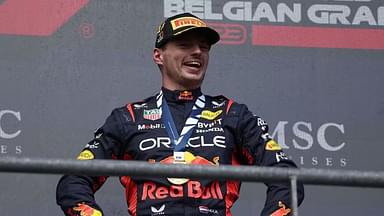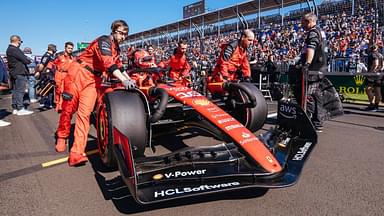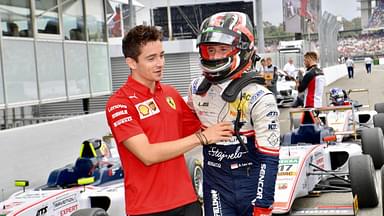The wait for the much-awaited F1 2023 season is almost over, as Bahrain’s pre-season testing is underway. Reigning champion Max Verstappen set the pace on the first day by topping both morning and evening sessions.
The Dutchman clocked in a 1:32.837, 0.029s quicker than Fernando Alonso’s clock. The duo were significantly quicker than the rest of the field. Carlos Sainz, who set the third-quickest time in his Ferrari, was 0.416 seconds behind the Red Bull Racing driver.
Although one cannot pay too much heed to the pre-season timings, as several teams often sandbag, there seemed to be some significant improvement seen in one major area of concern from last year: porpoising.
What is porpoising?
Plenty of jargon is used in F1, and ‘porpoising’ is just another addition to the list. Porpoising, a major concern witnessed in the 1980s, reemerged last year due to the aerodynamic rule changes.
Simply put, porpoising is a high-intensity bounce witnessed by a driver in an F1 car at high speeds. The bouncing occurs due to an aerodynamic issue caused by the change back to ground-effect cars.
During porpoising, an F1 car bounces up and down due to an increase followed by a sudden decrease in downforce. This problem usually occurs on high-speed straights.
Also Read: When Is F1 Pre-Season Testing? Dates, Schedule and How to Watch
Is porpoising a major concern for 2023 F1 cars?
Due to the ‘raised ride height rule’ aimed to reduce bouncing, fewer teams have had trouble with porpoising so far during pre-season. According to Sky Sports F1’s Anthony Davidson, there were no troubles regarding excessive bouncing witnessed with Red Bull Racing. Similarly, Sky Sports F1’s Ted Kravitz also noticed that Mercedes did not encounter this same issue either.
Mercedes F1 boss Toto Wolff agreed to the conclusions made by Kravitz as he told Autosport, “There’s no bouncing.” The Austrian motorsport boss added that he was happy to see his team receive some good data points this season after all the troubles they faced last year.
Meet our stunning 2023 cars 😍
Which one is your favourite?! 👀#F1 #F1Testing pic.twitter.com/f3CNaKsmjl
— Formula 1 (@F1) February 23, 2023
Ferrari was the only team that seemed to find it difficult to address this major concern from last year. During Carlos Sainz’s run during the morning session of pre-season testing, his car was seen bouncing quite a bit on certain parts of the Bahrain International Circuit.
Davidson seemed most concerned by Sainz’s pre-season testing as he said, “I’ve not seen anyone’s head bouncing around quite as much as Sainz.”
Although the pundit concluded his analysis of the incident by stating that porpoising has not gone this year, Ferrari F1 team principal Fred Vasseur quickly dismissed the concerns.
After Sainz’s pre-season run, he told reporters that what the Spaniard faced had nothing to do with porpoising. He added that the troubles are not even as close to last year when cars bounced like a kangaroo.’
While Vasseur did admit there was some excessive bouncing witnessed on some parts of the track, he made it clear that it was a result of an issue other than porpoising.
What do teams learn during F1 pre-season testing?
One of the key things that teams learn during F1 pre-season testing is about car set-up. As mentioned earlier, porpoising was one of the major concerns that all teams faced in some capacity last season.
For most of last season, several teams struggled to find ways to minimize the issue of porpoising without compromising on performance. Secondly and perhaps most important, teams can gather useful data during pre-season testing of where they stand in terms of performance. Teams will want to evaluate both their one-lap pace and their race pace.
One-lap pace will be critical for teams to understand how fast they are compared to other teams. Meanwhile, race pace will help teams gather useful data on various strategies they can use during a race.
Red Bull Racing tops the leaderboard for running on the opening day of testing 👊#F1 #F1Testing pic.twitter.com/z8DTA1MhZi
— Formula 1 (@F1) February 23, 2023
For example, teams that can utilize their tyres more efficiently could carry out longer runs and fewer pit stops than teams that find it difficult to manage the wear and tear of their tyres.
The third most valuable insight that teams gather during pre-season testing is regarding the reliability of their car. This issue is arguably more important to the top sides than the rest of the field, as the top sides must consistently deliver good results.
On the other hand, the rest of the teams may be content with getting a few DNFs as long as they score points on a few occasions. The teams fighting in the midfield would prefer to score as many points rather than finish more races and score fewer points.
Also Read: Max Verstappen’s Hilarious Reaction When Interrupted During Interview With Daniel Ricciardo








